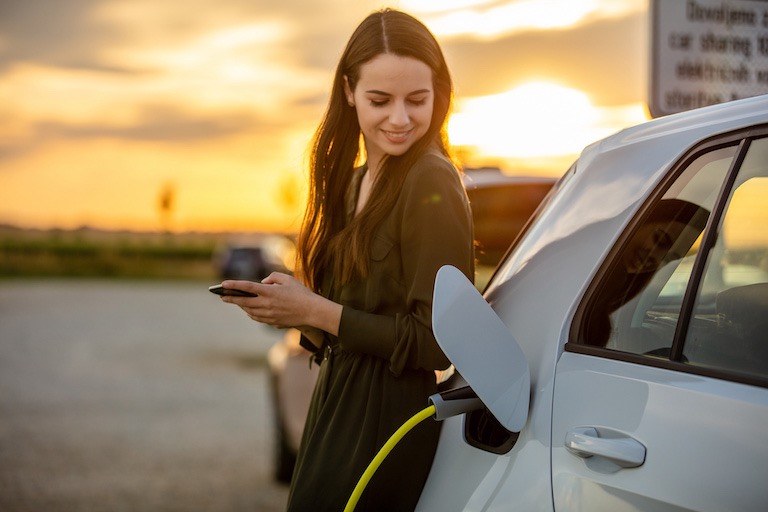
EV chargers to cost as little as $500
BYD Australia sister company to offer electric vehicle chargers for $499UPDATED 02/10/2023 3:30pm: Tomorrow's press conference to announce the release of 100,000 EV Switch chargers for $499 apiece has been postponed due to "shipping delays". No new date has yet been confirmed so stand by for details.
ORIGINAL ARTICLE PUBLISHED 02/10/2023 1:00pm: Australian BYD importer EV Direct is hoping to tempt tens of thousands of Aussies into buying an electric vehicle by releasing one of the cheapest EV chargers on the market.
Retailing for $499 through its white-label EV Switch brand, the company says it has “committed to” buying 100,000 electric car chargers, the first 5000 of which are finally due to arrive in the country this month.
Undercutting other popular EV charging options – including the $750 Tesla Wall Connector, $899 Ocular LTE Universal and $1395 Zappi – the EV Switch chargers are manufactured in China to Australian standards.
Whereas some of its rivals can utilise three-phase power to deliver a maximum charging rate of up to 22kW, the EV Switch chargers run only off single-phase power, limiting their output to 7kW, which is nevertheless still about 3.5 times more than you get out of a domestic powerpoint.

That would mean 10-15 hours for a full charge of most EVs in the country – something Todd says is ample for most EV drivers, especially considering most drivers will only be topping up each night rather than doing a full charge.
“EV Switch is something that allows customers to buy a product that they can get their local electrician to install at home or work,” says EV Direct managing director Luke Todd.
“EV Switch was something created to stimulate the market to get an easier, low-Wattage charger – a 7kW charger – which is where most [EV] charging is done globally.”

Todd says the high volume of chargers ordered – which accounts for roughly one in every 100 households in Australia – was key to bringing the price down below that of other chargers.
“We sourced some product in high volume. It should be retailing for about $1200. [But] being able to buy in bulk and design it for the Australian conditions [makes it cheaper],” said Todd.
The chargers can connect to WiFi to allow remote communications via a generic smartphone app. Owners will also be able to monitor their EV battery’s charge status and set start and finish times for charging.

However, the EV Switch chargers will not communicate with a solar power array to only use excess electricity – instead just drawing the set amount as stipulated by the owner or car – although they can be set to draw power only during off-peak times.
The EV Switch chargers are also claimed to have the ability to charge people for the electricity, something that is rare with basic AC chargers.
“These are fully connected so these have got all the bells and whistles,” says Todd. “If someone wants to put financial charging capability, it’s got that.”
Todd first announced the purchase of 100,000 EV Switch chargers via his LinkedIn page two months ago, when he promised that pre-orders would open on August 31 ahead of first deliveries in the fourth quarter of this year, but so far the EV Switch website continues to receive only expressions of interest. More details are expected tomorrow.
Related: Victoria’s EV road-user tax ‘unfairly’ administered
Related: UK delays ban on petrol and diesel cars until 2035
Related: NSW to drop electric vehicle rebate
For everything you auto know about EVs, listen to carsales' Watts Under the Bonnet: the electric car podcast
Join the conversation at
Or email us at
Or email us at


Please see our Editorial Guidelines & Code of Ethics (including for more information about sponsored content and paid events). The information published on this website is of a general nature only and doesn’t consider your particular circumstances or needs.














